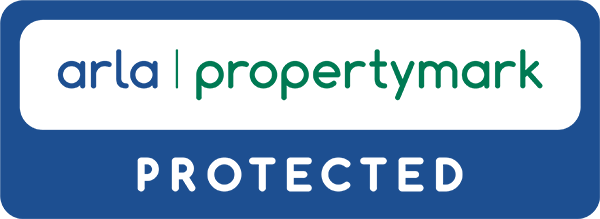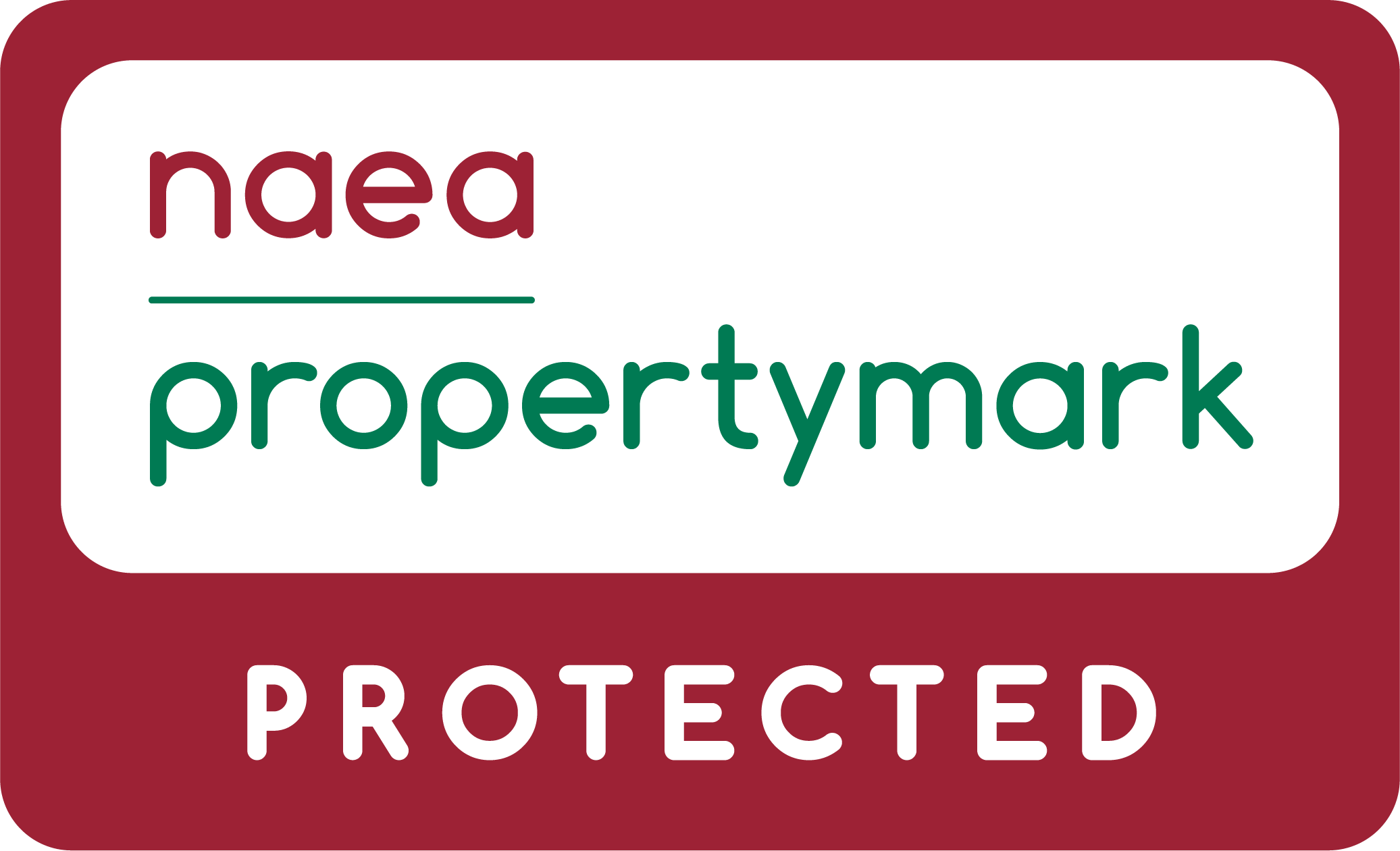Renters' Rights Act Implementation Dates
Big changes are officially on the way for landlords and tenants across England. The Ministry of Housing, Communities and Local Government has confirmed when the first part of the new Renters Rights Act will come into force — and it’s closer than some expected.
Phase One will begin on 1 May 2026, marking the start of a major shift in how private renting works in England. From that date, all existing and newly-signed private tenancies will transition to the updated legal framework.
What’s changing in Phase One?
This first stage of implementation is focused entirely on tenancy reform. Some of the headline changes include:
- All tenancies becoming periodic (rolling contracts rather than fixed-term).
- Limits on rent paid in advance.
- A complete ban on rental bidding — meaning tenants cannot be encouraged to offer above the advertised price.
- Clearer rules for rent increases under Section 13, making the process more transparent.
- Stronger anti-discrimination protections.
- New rights for tenants who want pets, with rules governing when a landlord can refuse.
Once the law comes into effect, all assured shorthold tenancies will automatically convert to the new system. Any tenancy created after the start date must follow the new rules from day one, including rent caps and updated procedures for rent reviews and pet requests.
What happens to Section 21?
While the Act signals the end of “no-fault” evictions, there’s an important transitional detail:
Any Section 21 notice served before 1 May 2026 is still valid, but only until it reaches the standard expiry limit of six months or the tenant leaves — whichever comes first.
Written agreements become mandatory
Another big shift is documentation. From May 2026 all new tenancies must have a written tenancy agreement, containing certain standard information that will be set out in secondary legislation. Existing agreements won’t need to be rewritten. Instead, landlords must give tenants an official government information sheet explaining how the reforms apply.
If the tenancy currently has no written agreement at all, a written document complying with the new requirements must be provided.
What’s next?
Phase One is only the beginning. The government plans to introduce the remaining elements of the Renters Rights Act in stages:
| 27 October 2025 | Royal Assent for the Renters’ Rights Act 2025 |
| November 2025 | Landlord guidance for first phase of measures goes live |
| 27 December 2025 | New local council enforcement measures and investigatory powers go live |
| 1 May 2026 | Implementation of first phase of measures of the Renters’ Rights Act 2025 |
| Late 2026 | PRS Database and associated guidance goes live for local councils and landlords |
| 2027 | Reforms apply to the Social Rented Sector |
| 2028 | Mandatory sign-up for landlords to join the PRS Landlord Ombudsman |
| 2030 | Implementation of the Decent Homes Standard and Awaab’s Law for the PRS |
With the first implementation date now set, landlords and tenants have a clear timeline to prepare for one of the biggest overhauls to the private rental sector in decades. While further clarification and secondary legislation are still to come, the direction is firmly set: greater transparency, increased tenant protections, and a simplified tenancy structure.
Renters’ Rights Act - The Definitive Guide For Landlords
We've produced a guide that provides a comprehensive analysis of the Renters’ Rights Act, its principal provisions, and the operational consequences for private landlords. It interprets the legislation in practical terms and sets out a sequential compliance checklist for landlords managing residential portfolios in Stockport and the surrounding boroughs.
Download your FREE copy of the guide.
Have any more questions about the Renters' Rights Act and how it affects you? Call us on 0161 511 5339 or complete the contact form.






